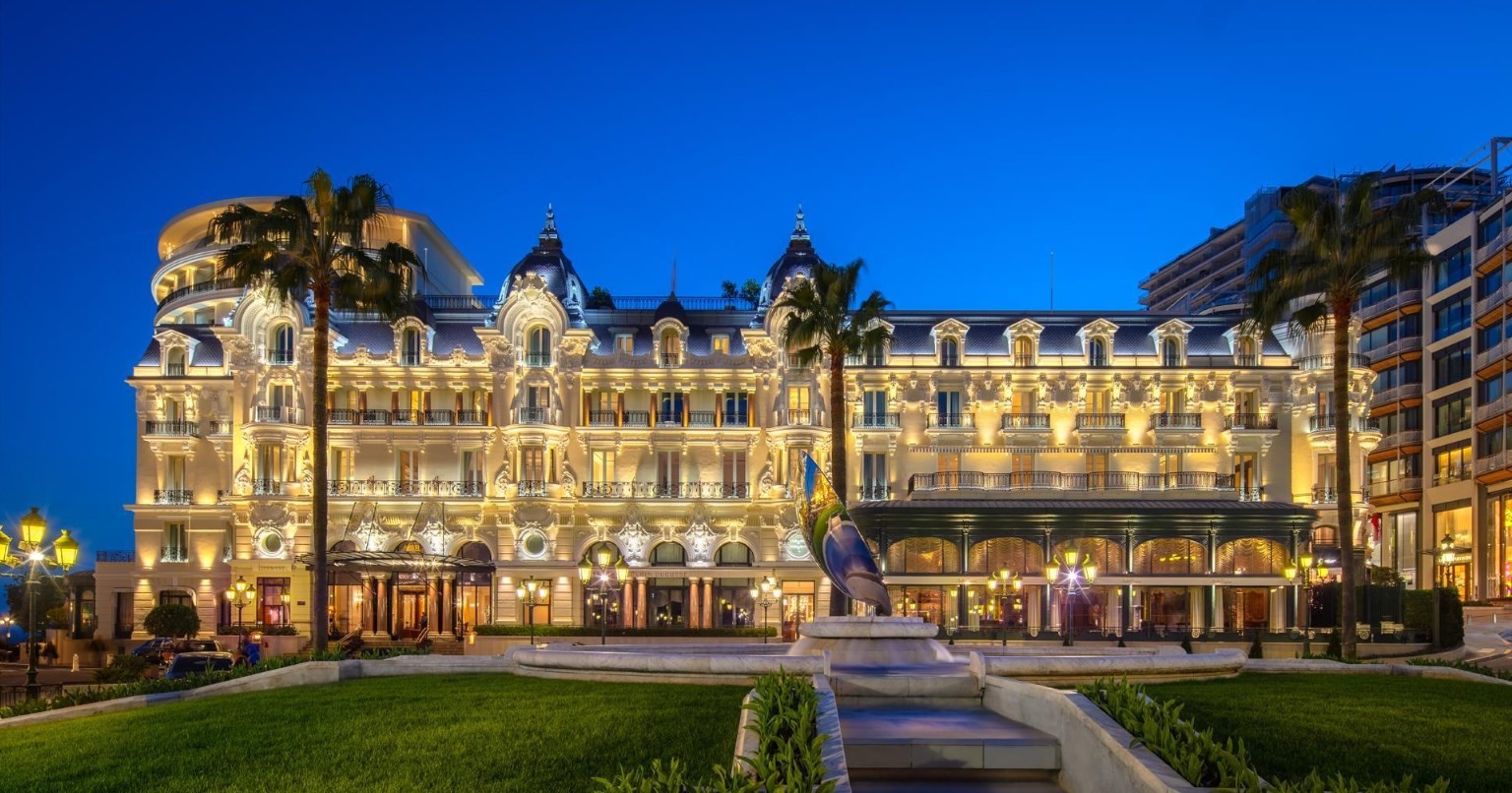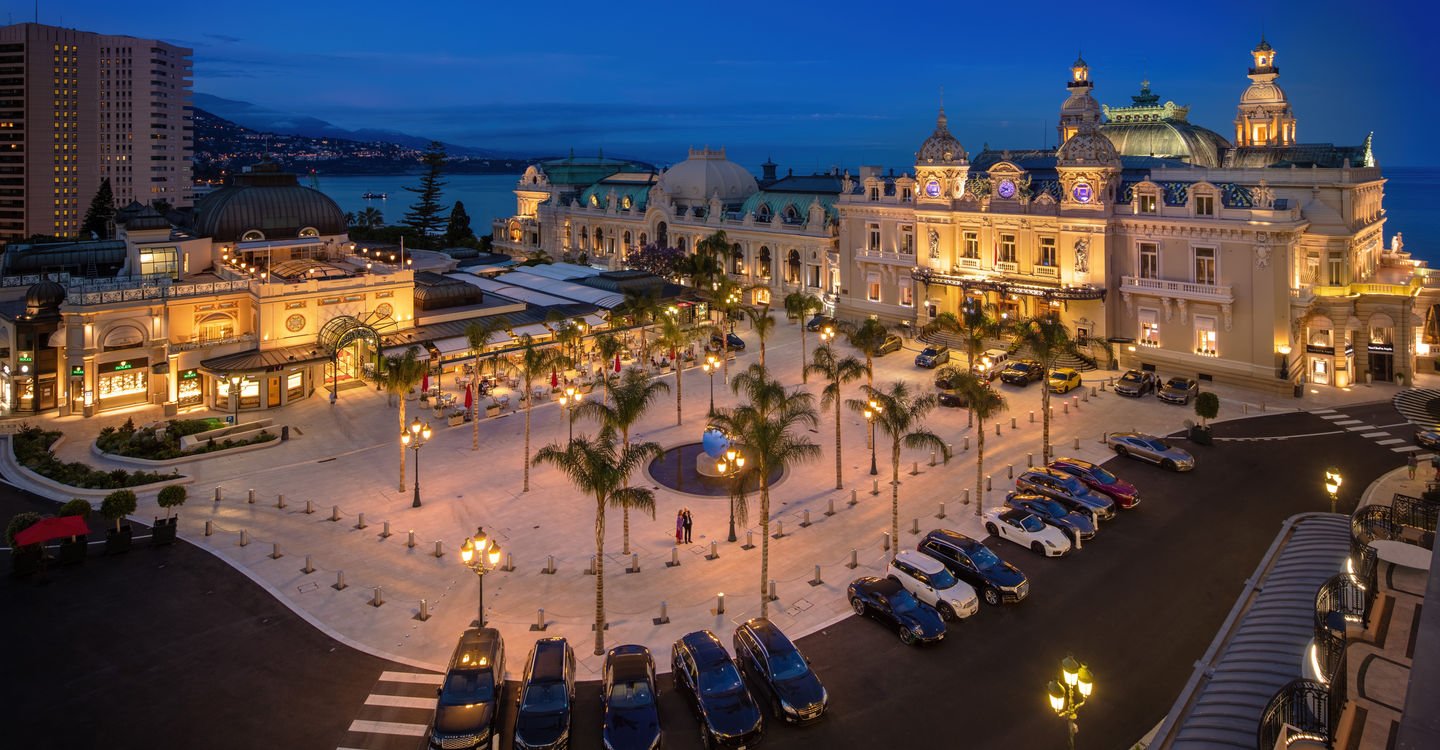It’s almost a paradox that opulent casinos, like the famous Monte Carlo, are a hallmark of Monaco and one of its greatest tourist attractions, while at the same time, residents of the Principality are forbidden from gambling. This unique situation is the result of a historical decision made to ensure that gambling revenues go exclusively to the state treasury, rather than being used to the detriment of its own citizens.
History and reasons for the ban
The ban on gambling for Monegasque citizens dates back to the 19th century, when Prince Charles III founded the Société des Bains de Mer (SBM) with the aim of developing Monte Carlo as a tourist destination and a source of income for the Principality. To prevent the local population from engaging in gambling and potentially jeopardizing their financial stability, a decision was made to prohibit their entry into casinos. The goal was to ensure that casinos primarily served as an attraction for wealthy foreigners, whose money would fill the state coffers, rather than becoming a source of social problems within the Principality.

Economic strategy and tourist appeal
This strategy proved extremely successful. Monaco’s casinos, with their glamour and exclusivity, attracted elites from all over the world, thus profiling Monaco as a synonym for luxury and sophistication. Even today, tourists come from all corners of the globe to experience the unique atmosphere of these prestigious establishments, admire their architecture, enjoy top-notch entertainment, and try their luck at the green tables. Gambling revenues continue to be a significant part of the state budget, although Monaco has since diversified into other economic sectors, such as banking, finance, and tourism in general.
Social aspects and exceptions
Although the primary goal of the ban was to protect the domestic population, it’s interesting that this measure is now perceived as part of Monaco’s unique identity. Monegasque citizens have generally accepted this decision, and some are even proud that their country has managed to create such a world-class attraction while protecting its population from the potential negative consequences of gambling.

It’s important to note that the ban does not cover all forms of gambling. For example, Monaco residents are allowed to participate in the state lottery, which is also considered a form of entertainment and contributes to state revenue. However, entry into the casinos themselves and participation in table games remains strictly forbidden for Monegasque citizens.
Conclusion
The phenomenon of forbidding gambling for Monaco’s residents while simultaneously promoting casinos as a major tourist attraction is a clear example of a carefully considered economic and social strategy. It has enabled Monaco to become a global center of luxury and tourism while simultaneously protecting its citizens from the potential risks associated with gambling. In this way, Monaco remains a unique destination that successfully balances glamour, profit, and social responsibility.















